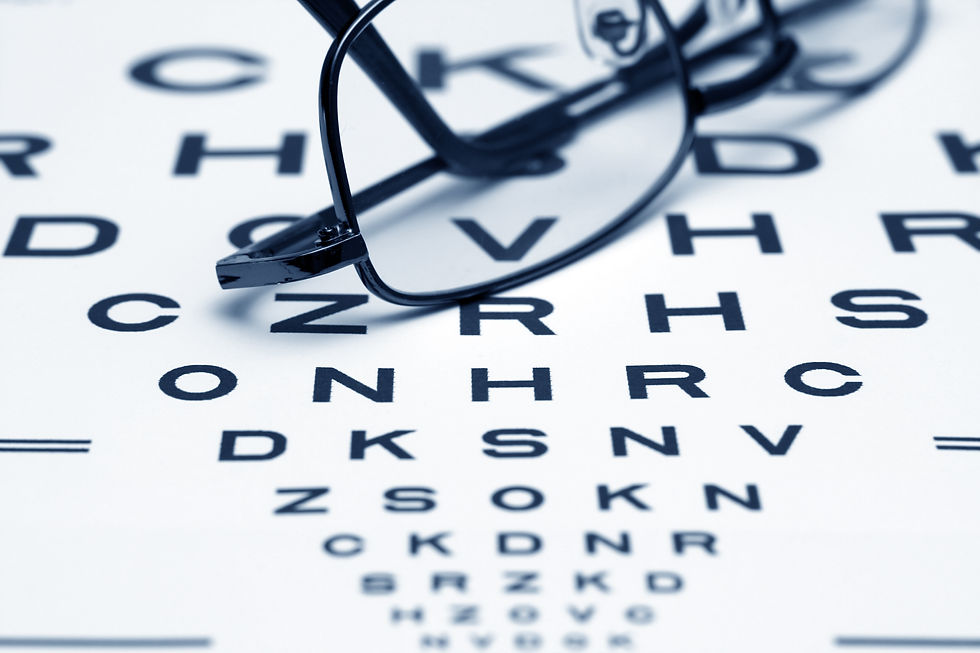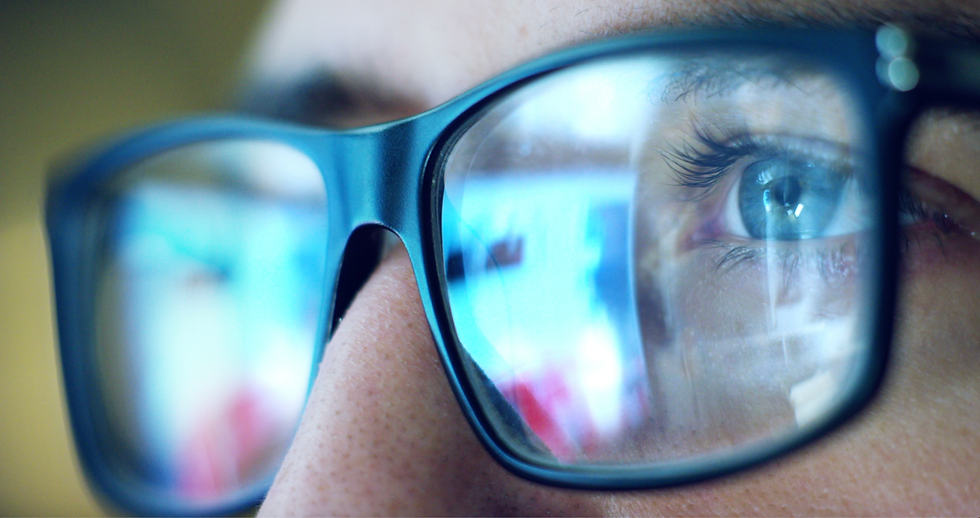In the middle of driving, you catch yourself squinting to read the sign in the distance that indicates the direction you should take. A shiver runs through your body after asking yourself the following question: "Have I become nearsighted?"
There's no need to panic, every problem has its solutions.

The intensity and colour of our indoor fixtures are subjects that have been left to chance for many years. Yet, light plays a major role in the human eye development.
At a time when sight issues are on the rise, more and more light sources pose a threat to our eyes. Some estimates predict that by 2050, 50% of human beings will have some form of myopia to some degree of severity.
So what is the ideal type of light for optimal eye development?
The role of blue light
From a physical point of view, blue light is by far the most powerful.
That's why it is often descrbied as dangerous to your eyes.
However, don't panic: our eyes are quite capable of tolerating a certain amount of it and it is even essential for us to function properly.

In the middle of the day, when the sun is at its highest, it sends us a large amount of blue light that is not filtered by the atmosphere.
But this light is important: it is one of the most important mechanisms in our stress and sleep management.
Thus, one should not avoid blue light at all costs but rather expose oneself to it at the right moments.
To do this, at nightfall, limit the influx of blue light but also white light!
Distance from screens
As with brightness, our eyes have been designed to work in a very precise environment. However, we sometimes put them to the test.
Take the test yourself : there's a good chance that when you use your phone before bed, it's only a few inches from your nose. This is simply because you have turned off the lights and will instinctively bring the phone closer to your eyes to see better.

On the other hand, during the day in a well-lit environment, you will hold your phone at arm's length for comfort.
This proximity to our face that requires our eyes to make an exceptional effort could in turn be responsible for the epidemic of myopia.
Ambient light
Inadequate ambient light is responsible for this bad habit. Therefore, it is extremely important during the day and at night that your lighting is adapted to your physiological needs. In today's world, poor light exposure has unfortunately become the norm.
That's why our team is developing a light bulb that, at the heart of its design, respects our health. It automatically adapts its colour and intensity according to the time of day.
Sources :
Comments